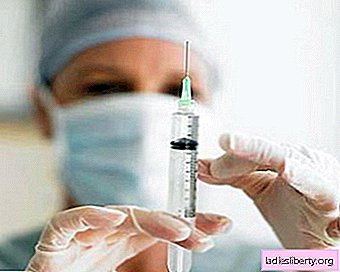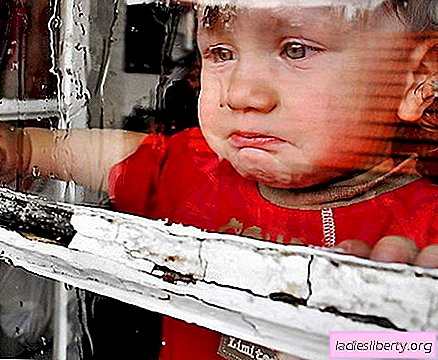
Rabies is an acute infectious disease that appears after a bite of an infected animal. This disease proceeds with a rather severe damage to the nervous system and can be fatal.
Rabies - Causes
About 60% of rabies cases occur after a dog bite. Infection of a person is carried out during a bite or salivation by a sick rabies animal. Such a virus indulges in saliva. The most dangerous bites in the area of the hands or head.
In most cases, refugee diseases are associated with the very late treatment of those bitten by a doctor, with a violation of the regime during vaccinations, as well as incomplete course. Most patients after direct contact with the animal do not seek medical help. Among patients, about 25% are children aged 4 to 14 years. As a rule, victims had contact with animals in the countryside during the warm season.
Rabies Symptoms
There are three stages of rabies in total. The first is the prodromal period, which lasts from 1 to 4 days. Usually it is manifested by increased temperature, severe headache, loss of appetite. Hypersensitivity of the skin may be observed in the place where the bite was, weak muscle twitches.
The second stage involves arousal, which lasts from 4 to 7 days. Usually this stage of rabies is manifested by bouts of psychomotor agitation. Attacks can be expressed in increased sensitivity to bright light, noise, all kinds of sounds.
Patients with rabies usually become more aggressive and violent, they begin to manifest hallucinations, feelings of fear, paresis, and muscle paralysis. Usually the stage of excitation is accompanied by fever at a temperature of 40 degrees.
The third and last stage of paralysis. At this time, signs of damage to the cranial nerves are supplemented: paresis of the facial muscles and nerves, diplopia. Paralysis of the eye muscles occurs, while swallowing function is impaired. In the future, foam may appear in the mouth, which is characteristic of patients with rabies. Half of the patients are afraid of water.
Rabies - diagnosis
At the very beginning of rabies, a biochemical blood test, as well as hemoglobin levels, are normal. As for the content of leukocytes, it can be, as slightly increased, so be normal. The most common is laboratory diagnosis. This may include the allocation of pathogens from tissues and biological fluids. Serological studies, detection of viral RNA, detection of viral antigens in tissues, histological examination to search for Negri bodies are all the main ways to diagnose rabies.
A fairly reliable and sensitive diagnostic method is immunofluorescence staining. But with a prolonged course of this disease, the results can be false negative due to the high titer of neutralizing antibodies in the blood of the body.
Rabies - treatment
At the very beginning, the bite site is treated with antiseptics, and the places of saliva are washed with soapy water. Seek medical attention right away. It is worth noting that effective treatments currently do not exist. Symptomatic therapy is carried out in order to reduce the suffering of the patient. The patient is placed on a darkened board that is completely isolated from bright light and noise. In sufficiently large doses, morphine, diphenhydramine, pantopon are administered. The prognosis is always unfavorable. There are only a few cases of recovery of patients who received a full course of immunization with rabies vaccine.











